Argyle Park, mostly known to area residents as “Argyle Lake” or “Argyle Lake Park”, is located on the west end of Babylon Village, New York. Directions: Argyle Lake lies just south of the Long Island Railroad tracks and just north of Montauk Highway (Rt.27A).
 A sign on Railroad Avenue welcomes visitors to Argyle Lake Park in Babylon Village.
A sign on Railroad Avenue welcomes visitors to Argyle Lake Park in Babylon Village.
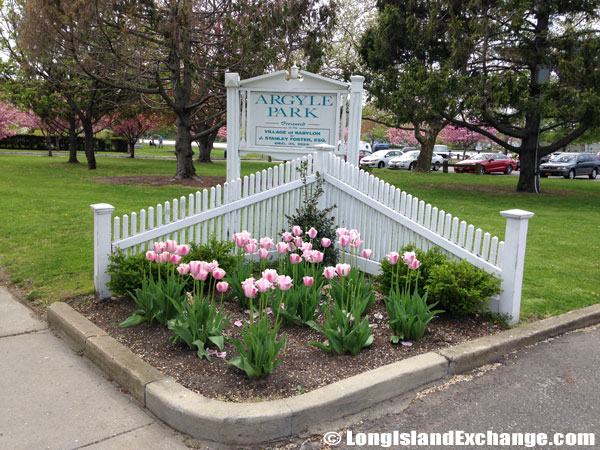 A sign along Montauk Highway welcomes visitors to Argyle Lake Park in Babylon Village.
A sign along Montauk Highway welcomes visitors to Argyle Lake Park in Babylon Village.
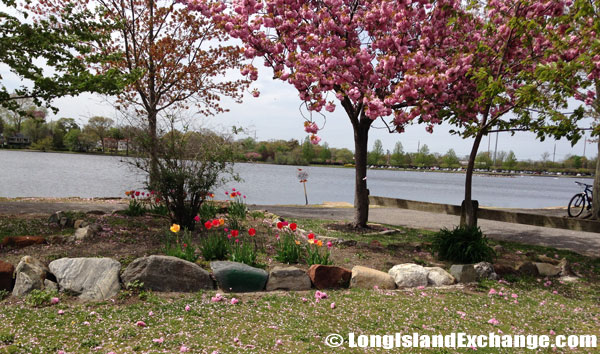 Looking out to the lake from the North side of the park.
Looking out to the lake from the North side of the park.
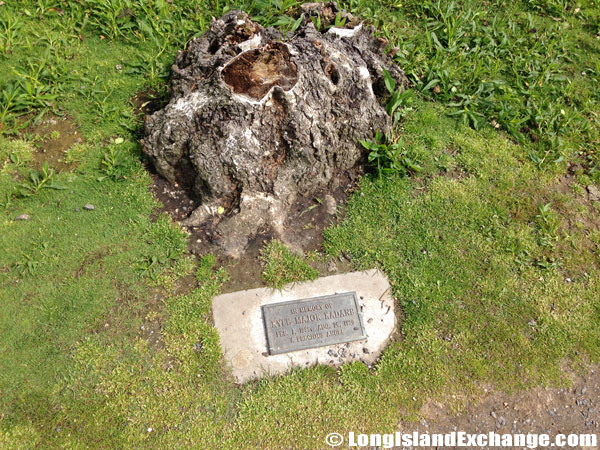 A sign welcomes visitors to Argyle Lake Park in Babylon Village
A sign welcomes visitors to Argyle Lake Park in Babylon Village
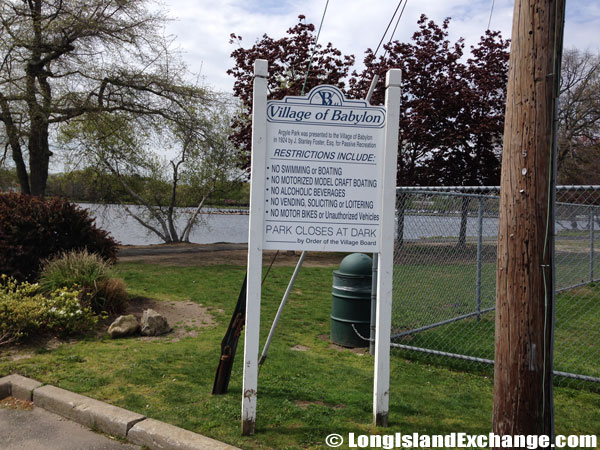 A sign points out restrictions at Argyle Park.
A sign points out restrictions at Argyle Park.
Facilities: Argyle Lake, in the heart of the village of Babylon, is formed by a dam across the Carll’s River. The lake is fringed by Babylon Village park land although the bustle of the village is evident beyond the narrow strip of lawn and trees. (25 acres)
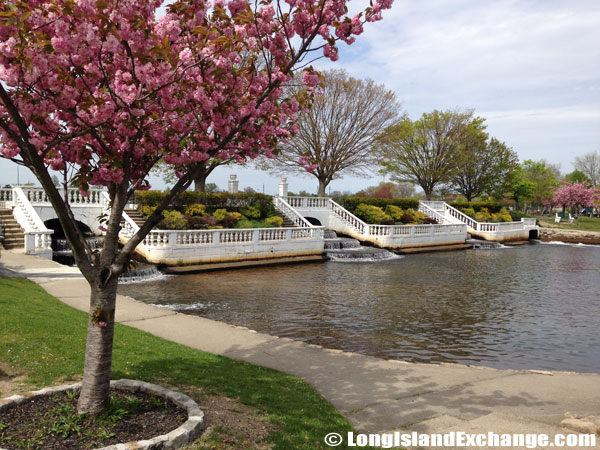 The steps over the water, a popular spot for Wedding pictures.
The steps over the water, a popular spot for Wedding pictures.
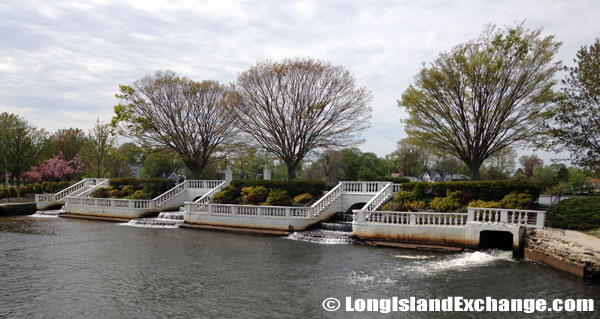 The steps over the water falls, a popular spot for Wedding pictures.
The steps over the water falls, a popular spot for Wedding pictures.
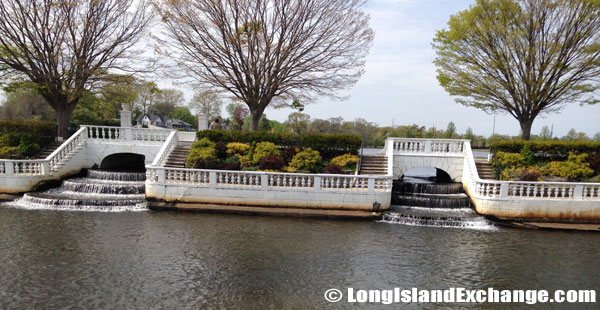 The steps over the water falls, a popular spot for Wedding pictures.
The steps over the water falls, a popular spot for Wedding pictures.
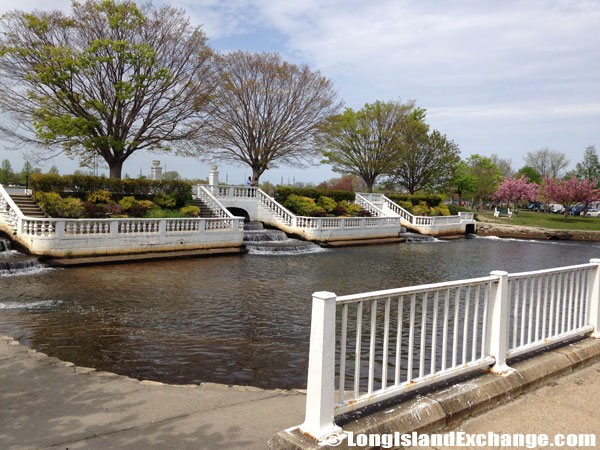 The steps over the water falls, a popular spot for Wedding pictures.
The steps over the water falls, a popular spot for Wedding pictures.
Fishing: Maximum depth: 4 feet – Anglers anxious to begin fishing in the early spring can take advantage of the strong run of yellow perch that typically occurs on the north end of the lake. Trout from the DEC hatcheries are added to the resident fish community to provide additional fishing opportunity in the spring and fall. Argyle Lake also contains some large-mouth bass in the 15-18 range.
Species Present (naturally reproducing):
- Brown Bullhead
- Sunfish
- Largemouth Bass
- Yellow Perch
- Carp
Species Present (stocked):
- Brown Trout
- Rainbow Trout
Boats are prohibited, but the entire shoreline is accessible.
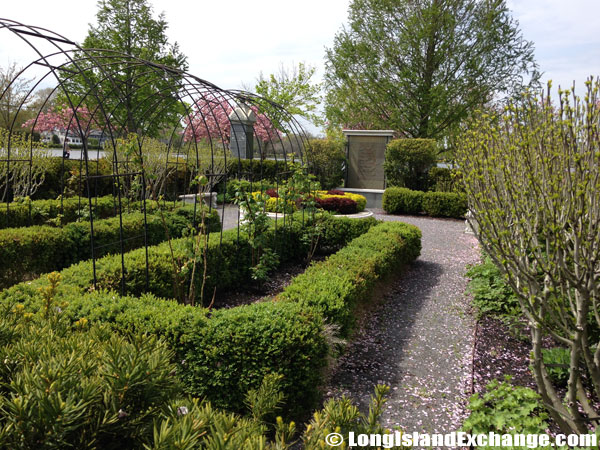 The small garden and memorial for September 11, 2001.
The small garden and memorial for September 11, 2001.
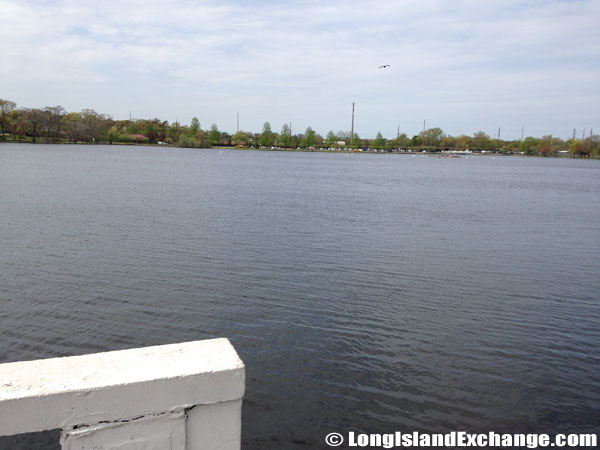 Looking out to the lake from the steps and waterfalls at Argyle.
Looking out to the lake from the steps and waterfalls at Argyle.
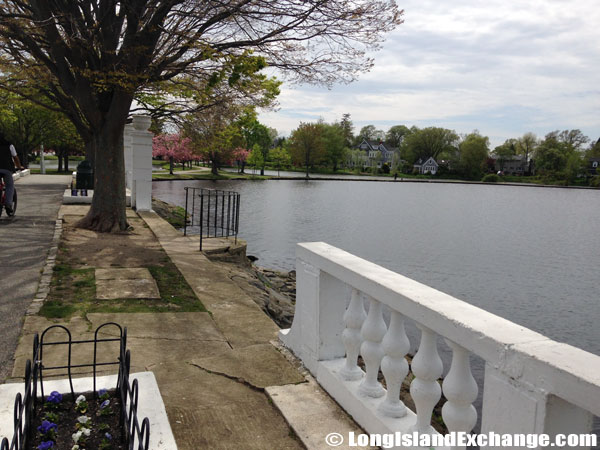 Looking out to the lake from the steps and waterfalls at Argyle.
Looking out to the lake from the steps and waterfalls at Argyle.
 The small garden and memorial for September 11, 2001.
The small garden and memorial for September 11, 2001.
Weddings: Argyle Lake is a very popular site for wedding ceremonies and wedding pictures. According to the Town of Babylon, taking wedding photographs does not require reservations.
 A small memorial on the south side of the park.
A small memorial on the south side of the park.
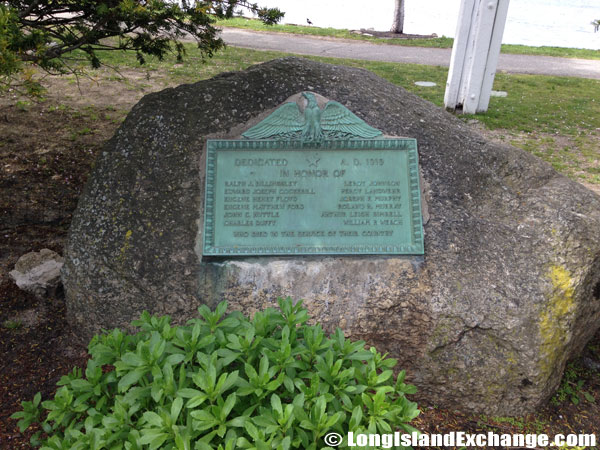 The honor roll is dedicated for those who dies for their country.
The honor roll is dedicated for those who dies for their country.
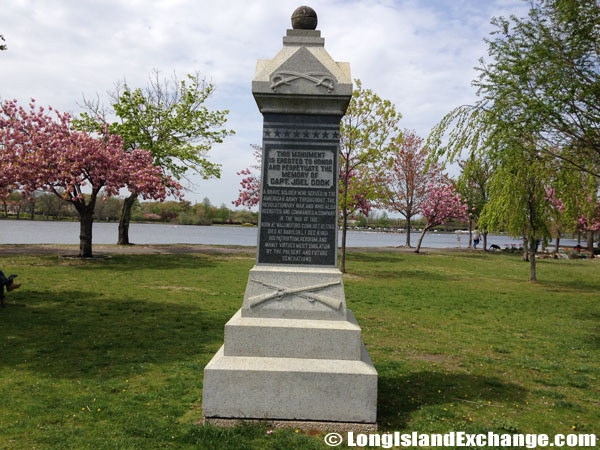 The Captain Joel Cook Monument Association, formed in 1907 to erected the monument now standing in Argyle Park, Babylon.
The Captain Joel Cook Monument Association, formed in 1907 to erected the monument now standing in Argyle Park, Babylon.
 Argyle Lake provides temporary refuge to many migrant ducks and other water birds. It also is the year round home of such species as Mallards, Canada Geese and Mute Swans. Pairs of these species have successfully nested on the lake and nearby streams.
Argyle Lake provides temporary refuge to many migrant ducks and other water birds. It also is the year round home of such species as Mallards, Canada Geese and Mute Swans. Pairs of these species have successfully nested on the lake and nearby streams.
History: Argyle park was home to America’s first black professional baseball team which was formed in 1885. It was on the Argyle grounds where that team, originally called the Athletics of Babylon, so dominated local white teams that a New Jersey promoter named them the “Cuban Giants” and sent them on the road to become the Harlem Globetrotters of their time and their sport. At the time, Babylon was just beyond the crest of its resort era, which had been sparked by the arrival of the Long Island Rail Road in 1867.
 A wartime memorial across from the park on the opposite side of Montauk Highway.
A wartime memorial across from the park on the opposite side of Montauk Highway.
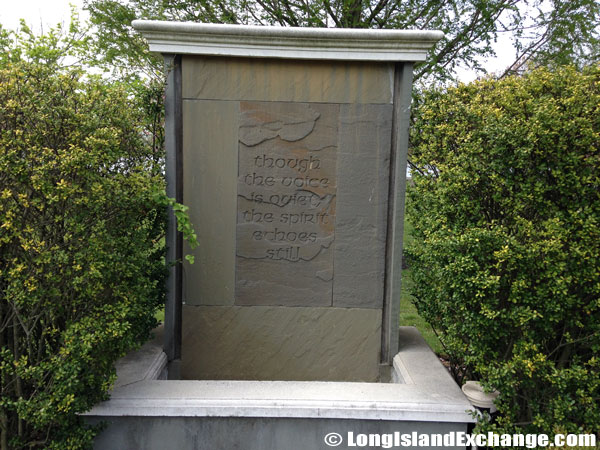 A memorial in the September 11th 2001 garden.
A memorial in the September 11th 2001 garden.
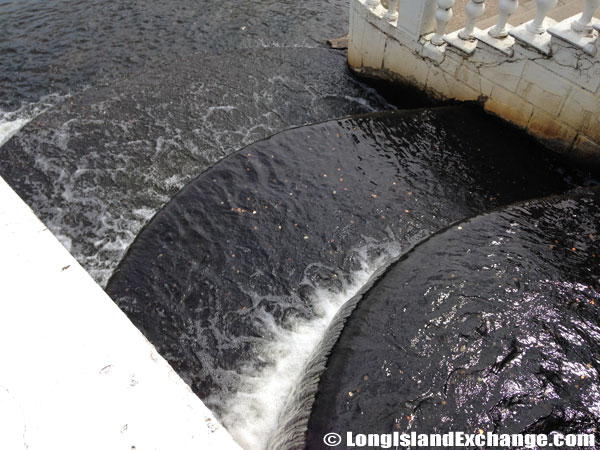 Abandoned pennies shine from the waterfalls at Argyle.
Abandoned pennies shine from the waterfalls at Argyle.
 Looking south from the top of the stairs over the waterfalls at Argyle Park.
Looking south from the top of the stairs over the waterfalls at Argyle Park.
First as the gateway to Fire Island’s hotels and beaches — the words “Fire Island” were written as large as “Babylon” at the original Babylon station — the village began to accommodate the stream of summer visitors from New York City with the construction of more than a dozen hotels. Some of the most beautiful hotels on the South Shore were in Babylon, the largest of them being the 350-room Argyle which was located on Babylon’s scenic Argyle Lake. Although the hotels are gone today, the village retains much of it’s charm from the past. In the shopping district, there are many restaurants, shops and businesses. This area has a distinctly vintage feel, with it’s Victorian-era light posts, brick walkways and historical buildings. In the surrounding areas there are beautiful old homes, many restored to their former glory.




